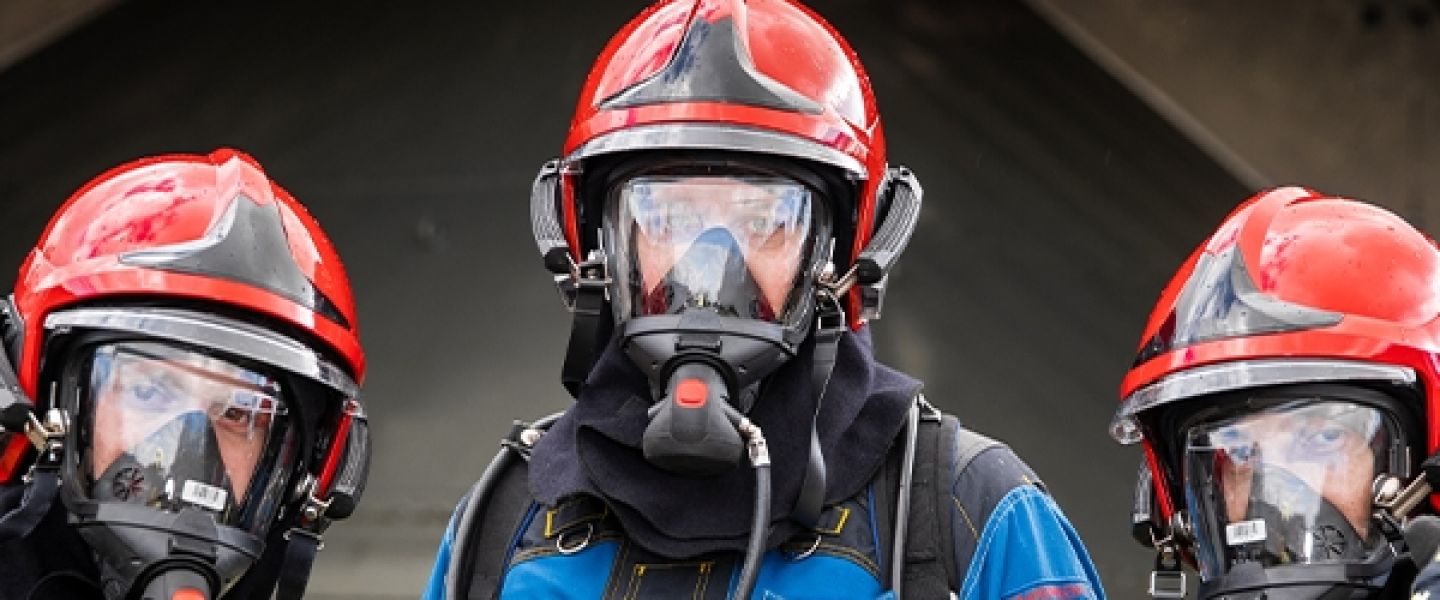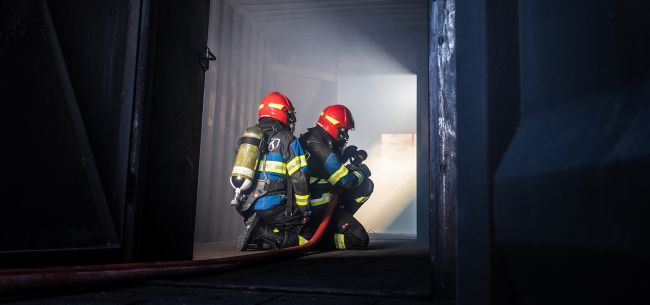High-risk work is carried out in many companies, particularly in heavy industry and the petrochemical industry. Having a good understanding of these risks is crucial. A safety expert or safety engineer assesses the risks present and comes up with solutions to make the working environment safe.
Safety engineers know what is needed for a safe working environment
These safety experts have the right certificates, including those confirming that they have completed a Safety Engineering study programme. They also have the necessary experience and they know what is needed in order to make the workplace safe and keep it safe. Safety engineers can answer any questions about occupational health and safety, or in-company emergency response, and can help you prepare a risk analysis and a risk assessment.
Task risk assessment (TRA) and a general risk assessment (an RI&E in the Netherlands)
Safety engineers can be hired to draft task risk assessments (TRA) and overall risk assessments. A TRA includes an assessment of the hazards posed by the different tasks that are carried out locally. If tasks or circumstances change, the task risk assessment will also have to be changed or will need to drafted again. Factors that are taken into account are:
- Nature of the work
- Workspace
- Surroundings of the workspace
- Complexity
- Working conditions
The importance of an extensive risk assessment
The Dutch Occupational Health and Safety Act has made a risk assessment (an RI&E in Dutch) a mandatory requirement for all companies. Where this is only a short document for many companies, these are extensive documents in the petrochemical industry and other industrial environments. Topics dealt with in these assessments are:
- A summary of any hazards identified and any measures taken;
- An evaluation of the risks identified;
- A summary of measures that should be taken, outlined in a separate action plan.
An up-to-date risk assessment is essential
Risk assessments are documents that must be kept up to date continuously. Any changes to a work environment or the work require the risk assessment to be adjusted as well. This also applies to work that is carried out over a longer period of time. The risk assessment should be available to both internal and external employees at all times.
Personal protective equipment
Any people who carry out work should be protected against the dangers involved in the work. They will have to use the correct personal protective equipment or ‘PPE’. The relevant items of PPE are identified in the overall risk assessment (Dutch RI&E). PPE must also be inspected at regular intervals and maintained or replaced if the equipment shows any signs of damage.
Safety engineer: better safe than sorry
A safety engineer can identify and remedy risks in many different sectors. These safety experts are needed to enable safe working on the shop floor. Any risks involved in work activities must be mapped and managed in order to ensure the safety of people and their surroundings.

